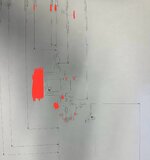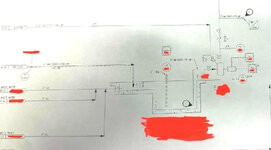EEENGRX
Electrical
- Sep 11, 2021
- 88
I have a self primer pump that requires to manually fill up the primer case with prime water to enable it pick up prime and start pumping and avoid damaging the mechanical seal.The pump is used for a sump that i need to automate based on the sump level.i plan to add a foot valve. do you think this will be sufficient to hold prime or it will just reduce the time it takes to prime the pump?what are the various options for shutdown protection or elert to the control room if the pump does not pick up prime for any reason whatsoever? will aan amp monitor at the bucket work? or a solenoid valve on a timer for the priming water which will be activated by the motor starting, per start and close after a set period of time.allauggestions are highly welcome as i want to go with the best possible option as well as less complicated



